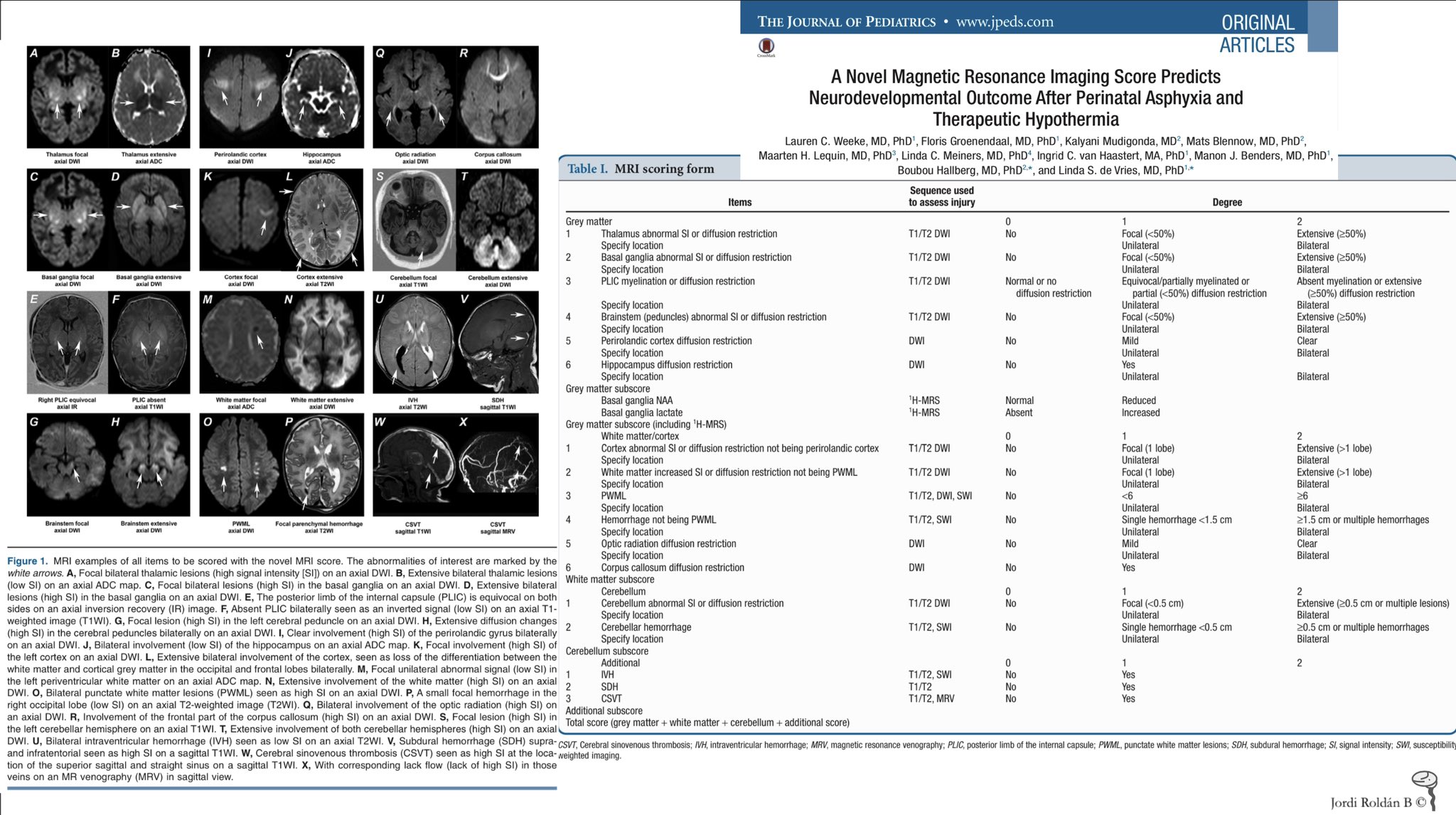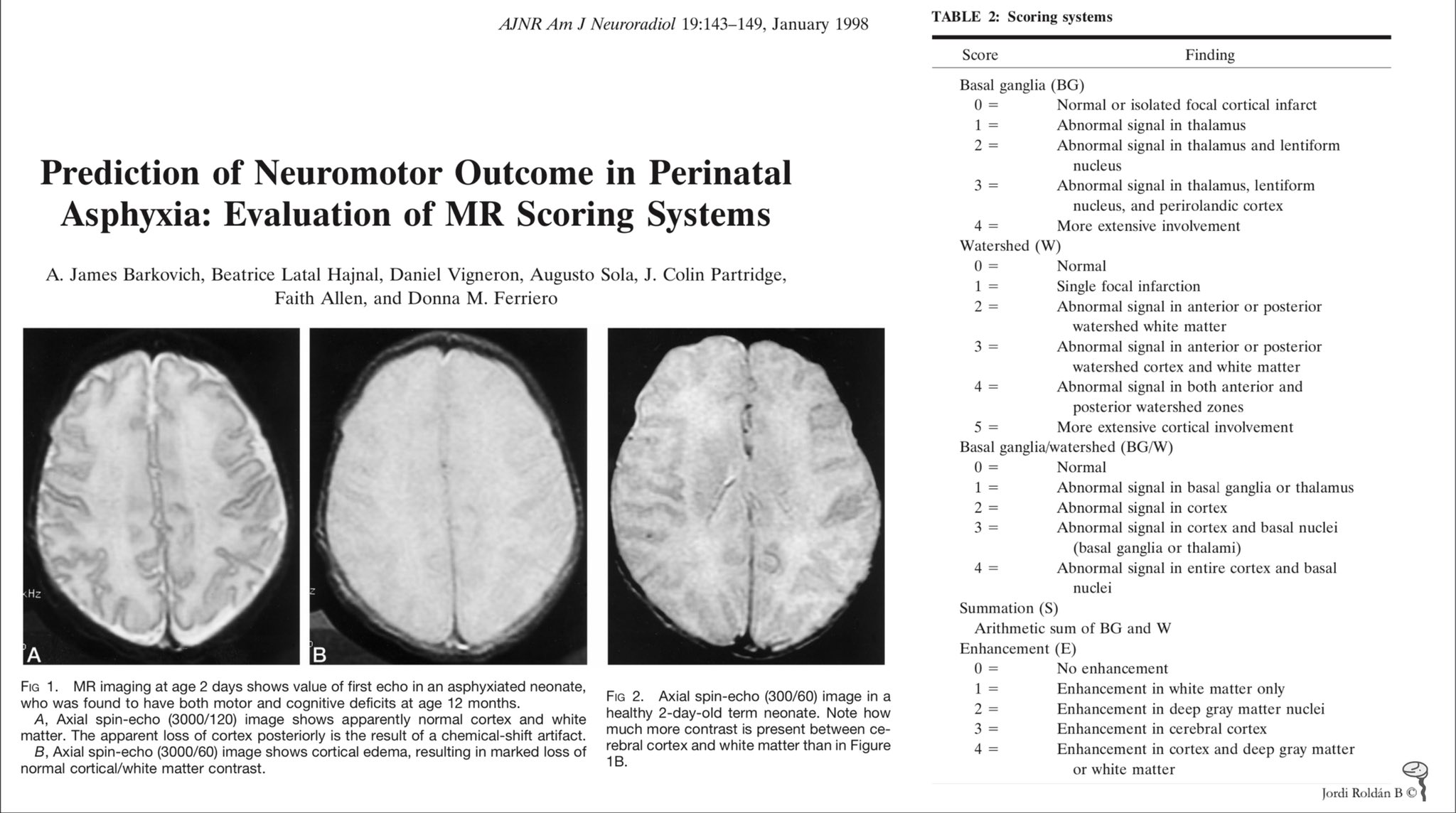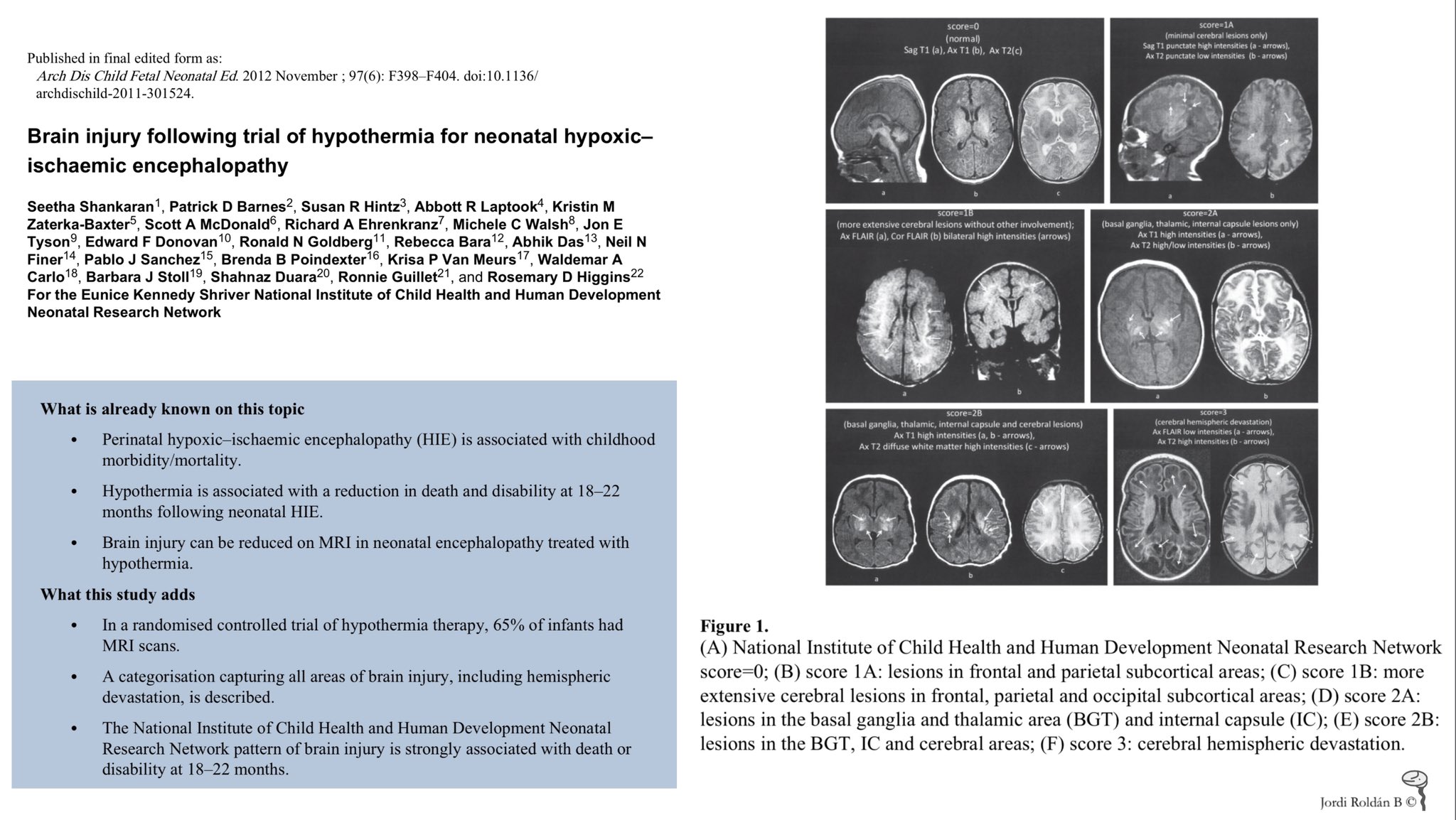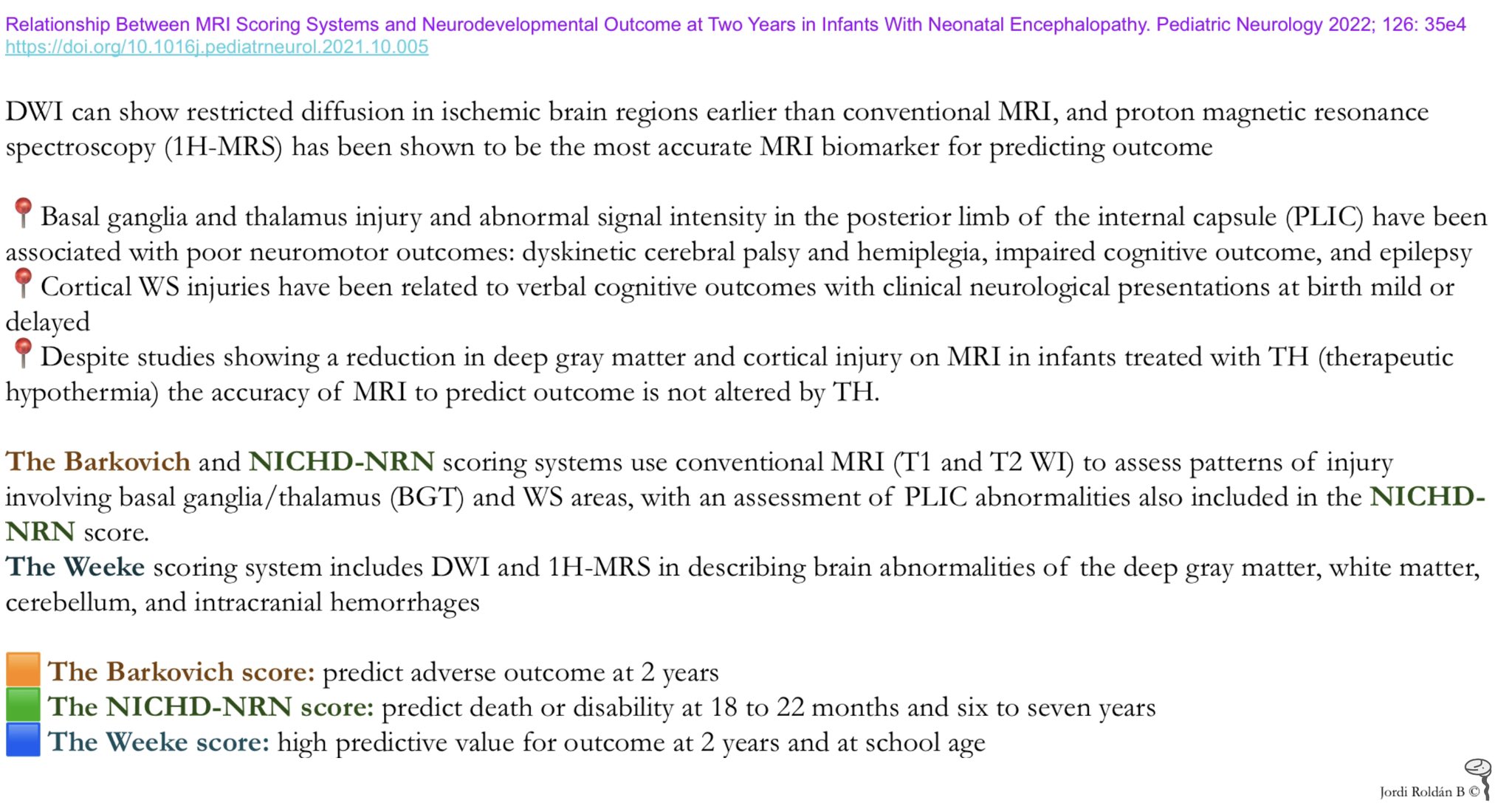 AJ. Barkovich 1998 http://ajnr.org/content/ajnr/19/1/143.full.pdf…
AJ. Barkovich 1998 http://ajnr.org/content/ajnr/19/1/143.full.pdf…
 S. Shankaran 2012 https://doi.org/10.1136/archdischild-2011-30152…
S. Shankaran 2012 https://doi.org/10.1136/archdischild-2011-30152…
 LC. Weeke 2018 https://doi.org/10.1016/j.jpeds.2017.09.043…
LC. Weeke 2018 https://doi.org/10.1016/j.jpeds.2017.09.043…
 3 scores evaluation 2022 https://doi.org/10.1016j.pediatrneurol.2021.10.005
3 scores evaluation 2022 https://doi.org/10.1016j.pediatrneurol.2021.10.005






